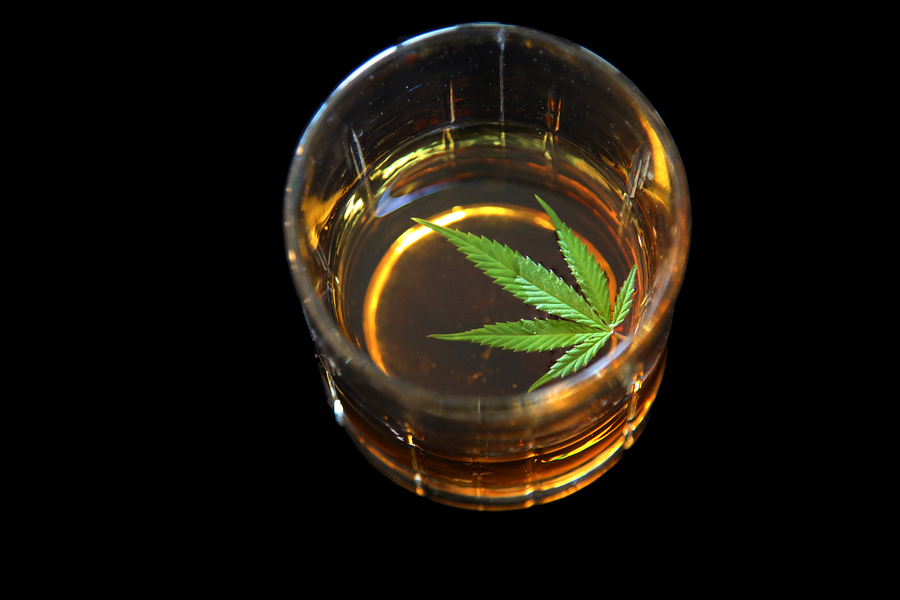“Herb is the healing of a nation, alcohol is the destruction.”
Bob Marley, Musician
All indications are that, by the time the youngest members of Generation Z turn 21, recreational marijuana will be legal in most, if not all, states. It is already in 10 states (plus the District of Columbia), and we’re not even counting the 33 states who have legalized the sale of medicinal marijuana. Further, new bipartisan legislation was introduced in early April that would, in effect, limit what federal action can be taken against those operating legally in states with medical or recreational programs. Many are optimistic the bill will pass.
In other words, momentum for full-scale legalization of marijuana use is growing and that should terrify the alcohol industry. Already, we’ve seen alcohol consumption diminish generation upon generation beginning with Baby Boomers and trickling down to Gen Zers. A 2018 Study conducted by Berenberg found that Gen Z is drinking 20% less per capita than Millennials did at the same age. In the same study, two-thirds of Gen Zers said they expected to drink alcohol less frequently when they grow older than those born before them.
The indications of indifference to alcohol, and the increased access to cannabis, is indubitably a toxic combination for alcohol manufacturers and retailers. A 2017 study found that counties with legalized medicinal marijuana saw a 12% drop in alcohol sales as compared with similar counties without legalized marijuana. And that’s just medicinal marijuana, which is a harder acquisition than the recreational variety.
If we do some marijuana math with the info regarding the average price of medium-quality legalized marijuana is between $9 and $15 a gram, and generally yields about 1 ½ marijuana cigarettes. A 12-pack of Bud Light is comparably around $10.50; however, few typically will drink an entire 12-pack at a time, and the calorie count of such of an endeavor would be 1,320 (for Bud, it would be 1,740). For any amount of marijuana consumption, the calorie count is zero. This matters, in particular, to younger generations who more than their parents and grandparents, tend to be considerably more focused on body image and dieting and thus, prudent about what they ingest.
Now is the time for the alcohol industry to be focused on their pivot plan strategies. The industry is being encroached upon and the bottom lines are going to be negatively affected.
In December, Anheuser-Busch announced plans to invest $100 million to create cannabis-based beverages, and Molson Coors has already made inroads to do the same in Canada. But are cannabis-based beverages the answer, or would consumers simply prefer to toke it?
Beyond beverage innovation that includes CBD, alcoholic beverage companies must get more creative. This is the type of important business maneuvering we support with custom research every day. It’s going to be critical for these companies to know who this new consumer is, what they think, how they feel, what they are receptive to, and how they want it. It could be something as simple as pairing; for example, a six-pack of Bud, a bag of Doritos, and your favorite smoke. Or, it could be new beverage formulations that enhance the smoking experience. Who knows, and that’s exactly the point. It’s time to find out!
As Marketing Workshop well knows, that’ll require a deep-dive into a new understanding of alcohol consumers, and current or interested marijuana consumers, and those with a passion for both. Cannabis-based beverages may be brilliant, but only if there’s a realized and size important market. And, what about stamina… what new platforms and line extensions can be created to compensate for the divot alcohol consumption attrition will create as the marijuana smoke rises? Heads up alcohol industry, don’t wait till it’s last call!
~ Marketing Workshop
